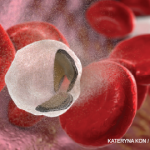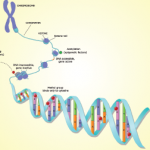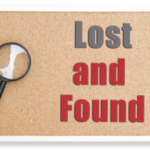Genes at Play
The mutation responsible for most cases of genetic hemochromatosis appears to have originated as a unique event on the short arm of chromosome 6, encoding HLA-A3. It is often described as a “Celtic mutation”—originating some 2,000 years ago in a single ancestor somewhere in central Europe and spreading west and north by population movement. Other investigators suggested that Viking migrations were largely responsible for the distribution of this mutation. Either way, you get the picture.
In most cases, the mutation, found in about 1 per 200 persons of western European ancestry, is a single-base change that results in the substitution of tyrosine for cysteine at position 282 of the HFE gene (C282Y).2 Physiologically, this mutation exerts its deleterious effects on iron metabolism by enhancing duodenal crypt cell iron transporting proteins and upregulating hepcidin production by hepatocytes.
During the era when this mutation likely arose, a time of limited dietary access to iron, the benefit of extra iron absorption may have conferred some survival advantages. One theory posits that the excess iron absorption enhanced host protection against infection, particularly against Yersinia pestis, the propagator of the Bubonic plague. It has been observed that macrophages in iron-overloaded C282Y homozygote individuals are paradoxically very low in iron. Thus, the carriers of the mutation would be predicted to have increased resistance to pathogens such as Y. pestis that require iron for growth in macrophages.
Anecdotal evidence points otherwise. In 2009, Dr. Malcolm Casadaban, a microbiologist at the University of Chicago, Illinois, who was working with a less virulent strain of Y. pestis, became the first American scientist to die of the plague in over 50 years. Intriguingly, at autopsy, it was discovered that Dr. Casadaban was, in fact, homozygous for the HFE mutation.3
Another explanation for the successful dispersion of the HFE gene may relate to the benefits it provided to individuals suffering from celiac disease (CD). CD and the hemochromatosis mutation share a similar increased incidence across Europe with comparable north–south and west–east gradients.
The two diseases have opposite effects on absorption of iron and other divalent metals. CD patients are prone to iron-deficiency anemia while the latter are susceptible to iron overload. CD patients who are heterozygous for the C282Y mutation have higher mean hemoglobin and fasting serum iron levels compared to patients carrying the HFE wild-type gene, thus preventing iron deficiency anemia and reducing the risk for infertility that was commonly seen in women with CD.



